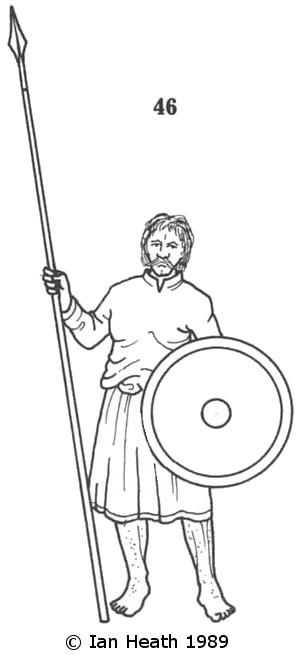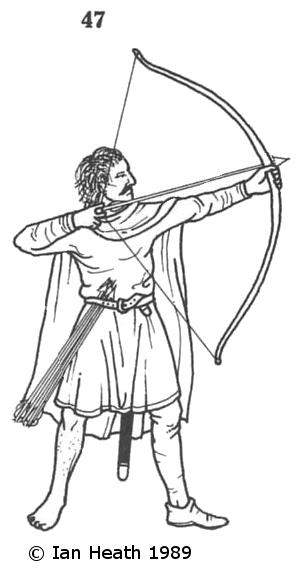
Try Amazon Audible Premium Plus and Get Up to Two Free Audiobooks
WELSH INFANTRYMEN, 11th-13th CENTURIES
An extract from Armies of Feudal Europe 1066-1300by Ian Heath
 |
 |
| [Based on A Latin text of the Laws of Hywel Dda, MS Peniarth 28, mid 13th Century] | [Based on Littere Wallie in Chapter House Liber A] |
